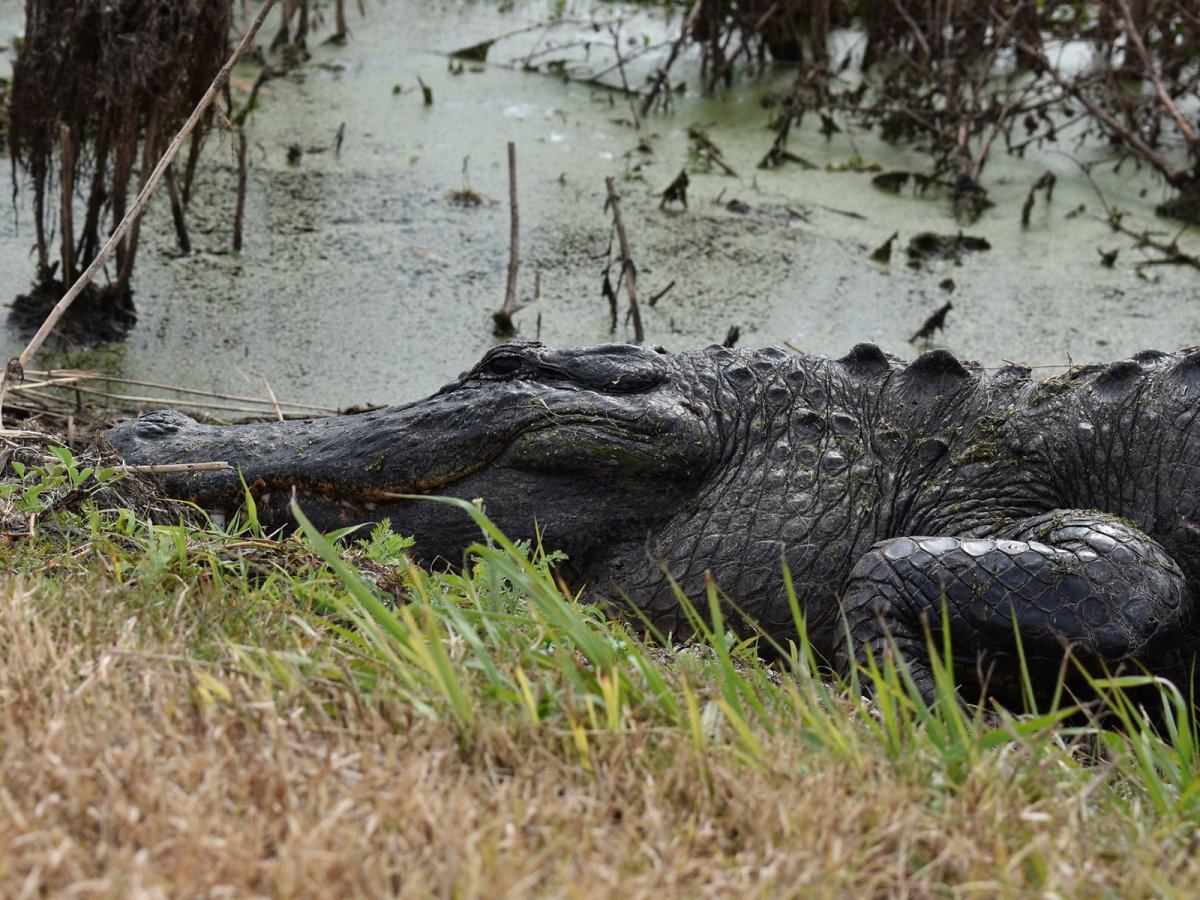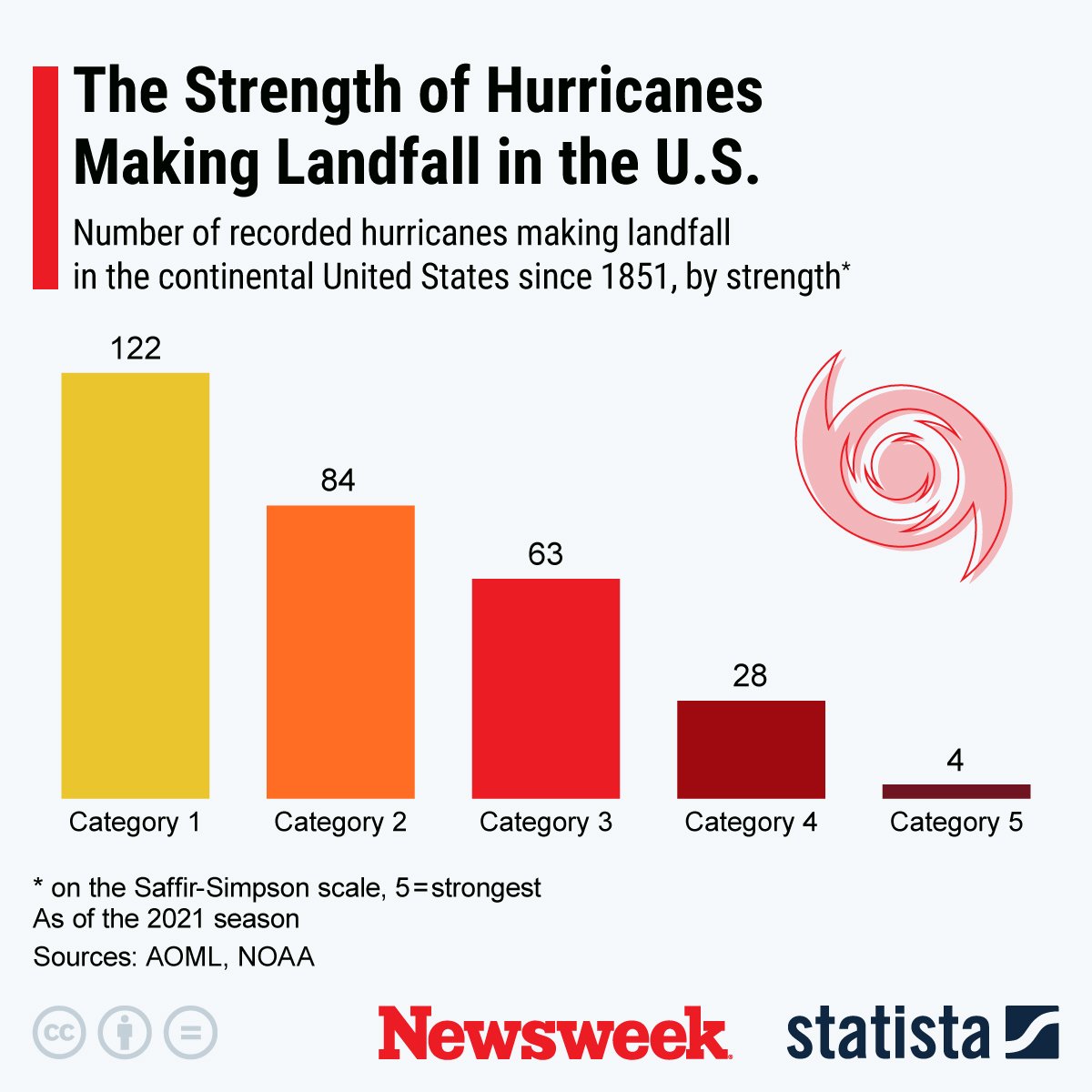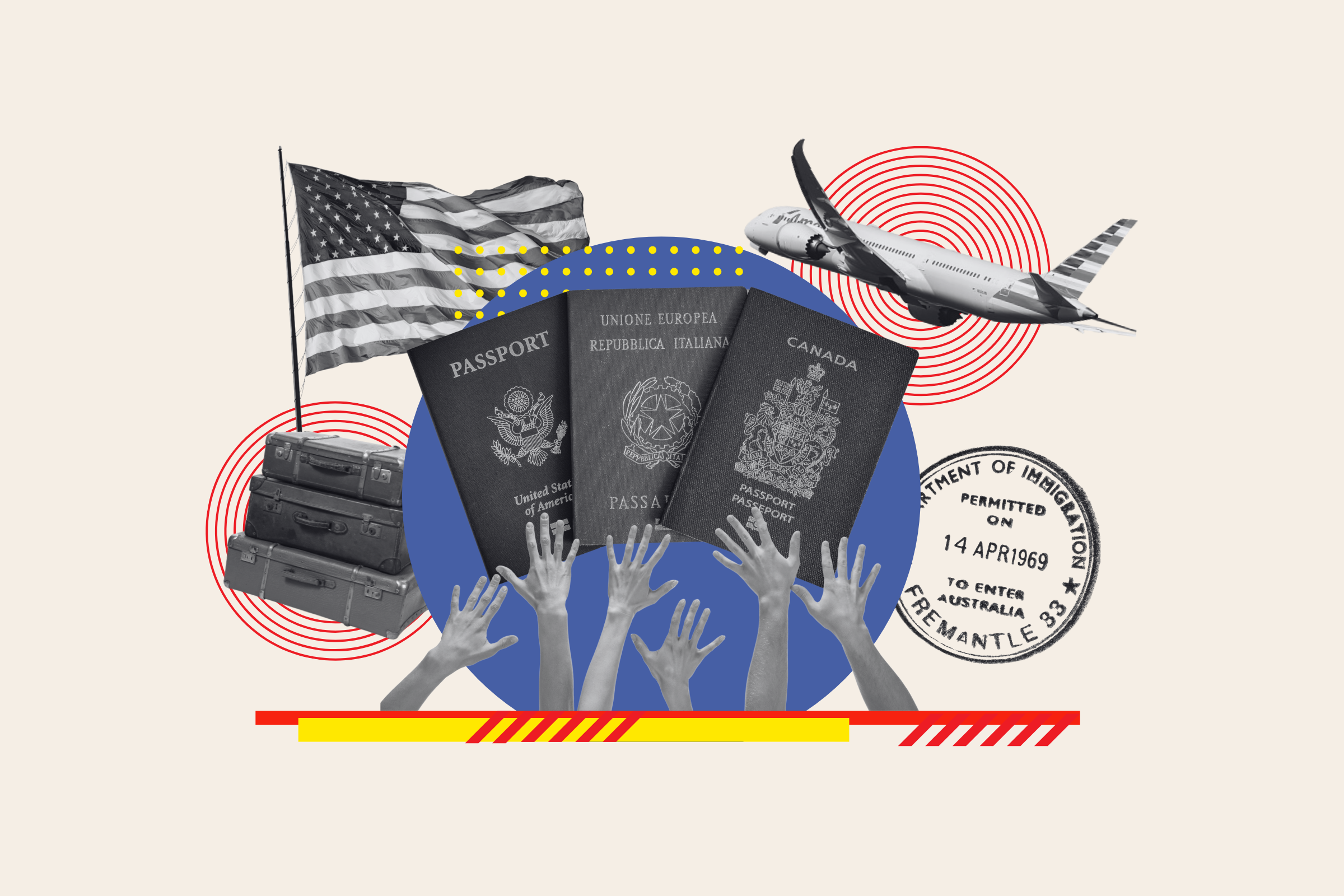🎙️ Voice is AI-generated. Inconsistencies may occur.
Florida officials have warned that alligators, snakes and bears may emerge during Hurricane Ian, the storm currently wreaking havoc on the Florida coast.
Ian is looking to be one of the worst hurricanes the state has ever seen. It is expected to make landfall Wednesday and is classed as a Category 4 storm, with winds between 130 to 156 miles per hour. Category 4 hurricanes can cause severe and catastrophic damage.
The storm has already caused flooding in areas across the Key West, with others likely to be hit. The Florida Fish and Wildlife Conservation Commission (FWC) said in a statement that major storms such as Hurricane Ian can cause wildlife to become more active.
"You may be more likely to see alligators, snakes and bears, so remember to stay alert and give them space," the commission said.

Wildlife can become disoriented during hurricanes due to severe weather conditions. This means they could turn up in strange places, away from their natural habitat.
Florida is home to 1.3 million alligators. Although they rarely attack humans, they can become aggressive if stressed or provoked. The severe weather conditions may mean the animals pose more of a threat to humans than usual.
Alligators usually live in the state's wetlands and swamps. If these become overflooded due to the storm, it is likely they will relocate to unusual areas. In its statement, the FWC told residents to call officials if they come across a nuisance alligator—alligators that display threatening behavior.
Six venomous snake species call Florida their home, including the eastern coral snake, the southern copperhead, the cottonmouth, and three types of rattlesnakes. Two species of bears are also found in Florida: the American black bear and the Florida black bear.
Severe weather can affect all sorts of other wildlife, such as sharks.
Ocean research organization Ocearch, which tracks great white sharks swimming off the coast of America, said on Facebook that many of their tagged sharks are currently in Atlantic Canada, where tropical storm Fiona is raging. At least one person has died in the storm, which is one of the most severe that the country has seen.

This chart, provided by Statista, shows the number of recorded hurricanes making landfall in the continental United States since 1851, by strength.
"Our team is still watching the Shark Tracker to see what their next moves are, but we are pleasantly surprised by a few of our sharks pinging in right after the Hurricane hit, one even pinging during it," an Ocearch spokesperson told Newsweek.
Although the sharks will pose very little danger to humans during this time, the organization will continue to track the sharks' movements over the next few days to see whether any become displaced.
About the writer
Robyn White is a Newsweek Nature Reporter based in London, UK. Her focus is reporting on wildlife, science and the ... Read more



